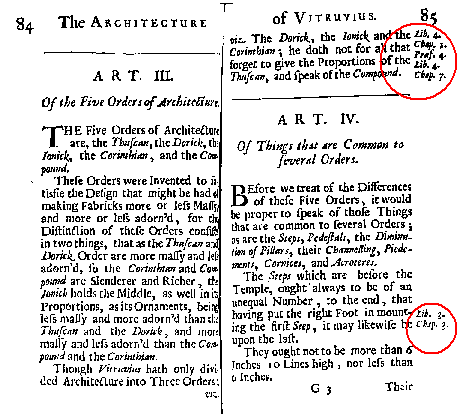
Q. (re: image 48, p. 85): Should the marginal citations be recorded as <NOTE>s or <MILESTONE>s?

A. The general rule is:
"[Use of <MILESTONE>] applies only to a *sequence*; occasional notes of this sort should be recorded simply as <NOTE>. If in doubt whether a set of numbers represents <MILESTONE>s or <NOTE>s, use <NOTE>."In this case, I'd use <NOTE>, partly because there is no clear sequence, and partly because using <MILESTONE> here would quickly get very complicated.
The question that you don't ask, but which I'll address anyway, is where the division is between the notes. The example that you point to at the top of p. 85 looks to me like it probably contains three actual citations (to book 4, chapter 1; preface 4; and book 4, chapter 7).The way it is laid out here, however, it would be easiest to treat it as one note, like this:
<NOTE PLACE="marg"><HI>Lib.</HI> 4. <HI>Chap.</HI> 1. <HI>Præf.</HI> 4. <HI>Lib.</HI> 4. <HI>Chap.</HI> 7.</NOTE>
It would be a mistake, I think, to treat it as five separate notes, as your fax seems to suggest. Likewise, further down the same page, the marginal reference there should be treated as a single note broken in half:
<NOTE PLACE="marg"><HI>Lib.</HI> 3. <HI>Chap.</HI> 3.</NOTE>
Q.2 (re: image 5, p. ? ) What is this strange character? Should we record all examples of it simply as "$"?



A. This is a variant form of the "-que" abbreviation symbol, for which we have asked that you use the entity reference "abque" (&abque;).